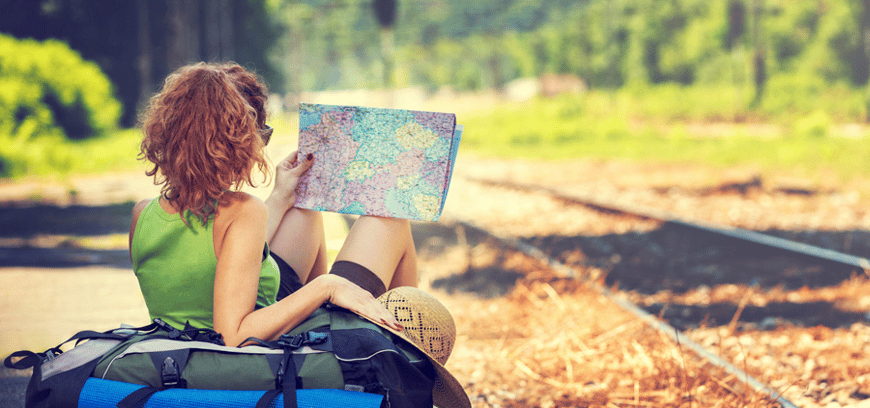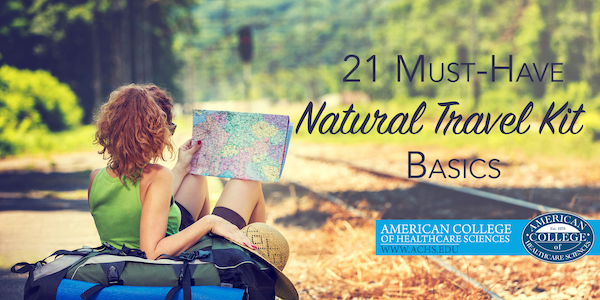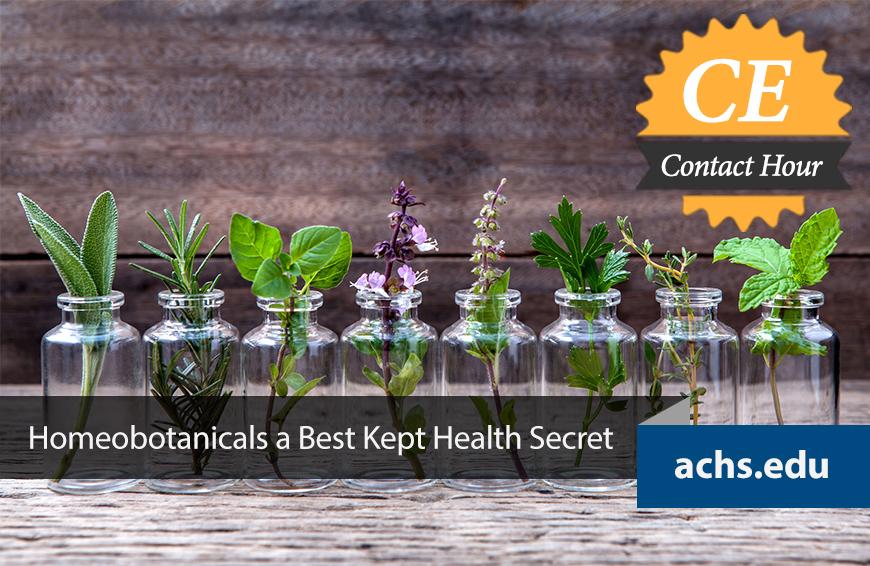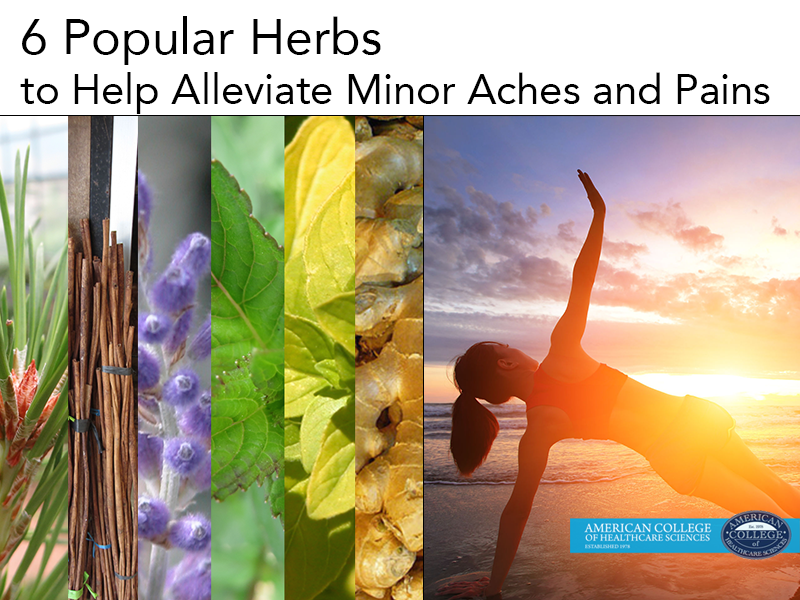
21 Must-Have Natural Travel Kit Basics
For many families, warmer weather means play time! But when kids are out running around for the summer and fall, bumps and bruises are bound to occur. That’s why you need a natural first aid kit. There are many different ways to make them, but today I want to share how I make mine.
Whenever I travel, unless I am flying internationally, I avoid checking in luggage. This means I need to squeeze everything liquid-like into a clear plastic bag for security (it reminds me of playing real-life Tetris!). Depending on the location, season, and the length of time I am traveling, I adjust my kit accordingly.
But here’s a list of my 21 must-have natural first aid travel kit basics (all in travel-size, of course):
- Echinacea tincture Echinacea purpurea (L.) Moench—Supports wound recovery and provides immune support. And I’ve been informed it’s quite useful for snake and spider bites, but I hope I never have to test that out myself.
- Eleuthero tincture Eleutherococcus senticosus (Rupr. & Maxim.) Maxim.—As an adaptogen, it’s useful for jetlag, and as an energy and stress support.
- Valerian extract Valeriana officinalis (L.)—This is a stronger option to help support a healthy and balanced mood and restful sleep.
- Elderberry syrup Sambucus nigra (L.)—A strong immune support for the colder seasons, elderberry is also a great-tasting option for kids.
- Arnica gel/ointment and pellets—Helps soothe bruises, bumps, strains, muscle sprains, and pain. I’ve also successfully used it to comfort burns.
- Lavender essential oil Lavandula angustifolia (Mill.)—When inhaled, it can help soothe headaches and stress. It can also be used for burns, sleeplessness, pain relief, and insect bites.
- Peppermint essential oil Mentha xpiperita (L.)—Can help provide some relief from nausea, headaches, digestive cramps, and itchy insect bites.
- Clove essential oil Syzygium aromaticum (L.) Merr. & L. M. Perry—Can be helpful for toothaches and oral infections.
- Tea tree Australia essential oil Melaleuca alternifolia (Cheel)—Useful for its natural cleansing properties.
- Bach’s Rescue Remedy—Can be very beneficial for shock, or stressful and traumatic situations.
- John’s wort infused oil Hypericum perforatum (L.)—With anti-inflammatory properties, I typically use St. John’s wort oil to complement the arnica, specifically if I also have any nerve pain or inflammation. It is also helpful for skin issues, but can cause photosensitivity so avoid sun exposure after use.
- Yarrow Environmental Solution flower essence – a blend of yarrow flower essences and tinctures preserved in salt water for energetic support against toxic environmental stressors such as x-rays, electromagnetic fields, and nuclear radiation.
- All-purpose herbal salve (generally made with comfrey, calendula, St. John’s Wort, plantain, yarrow, and other herbs infused in oil) – for supporting cuts, scrapes, scratches, bites, rashes, etc.
I store the non-liquid components of my natural first aid travel kit separately, and like to pack:
- Dried yarrow flowers and leaves Achillea millefolium (L.)—These can be used to help support overall health and to ease digestive or menstrual cramps.
- Chamomile tea bags Matricaria recutita (L.)—To help with winding down at night, and for stress and stomachaches.
- Ginger tea bags Zingiber officinale (Roscoe)—I have multiple food intolerances and difficulty eating out; ginger is calming and my go-to if I accidentally ingest something my digestive system does not agree with!
- Probiotics—Need to keep that gut flora balanced!
- Deglycyrrhized licorice (DGL)—To soothe gut tissue lining. Capsule blends that contain additional gut-health herbs like marshmallow root Althaea officinalis (L.) and slippery elm Ulmus rubra (Muhl.) can also be helpful.
- Bandages
- Mercury-free thermometer
- Vitamin B complex, vitamin C, and vitamin D
So how do I carry it all? I transfer everything into smaller carry on size containers, unless they’re already in small bottles. I carry the tinctures in one to two ounce amber bottles, herbal capsules are labeled and separated into one main capsule organizer, and any miscellaneous items are put into re-sealable zipper bags!
It may be a lot to carry, but time and time again I have gratefully found them helpful when needed, and so worth it!
Just make sure everything is well labeled to reduce any chance of confusion or confiscation. But rest assured, I have never had any issues going through security.
Healthy travels!
I am a graduate and guest blogger for American College of Healthcare Sciences, the Institution that publishes this blog. However, all opinions are my own. If this blog contains affiliate links, they will be marked with an asterisk. I am disclosing this in accordance with the Federal Trade Commission’s 16 CFR, Part 255: “Guides Concerning the Use of Endorsements and Testimonials in Advertising.”
This article is for informational purposes only. It is not intended to treat, diagnose, cure, or prevent disease. This article has not been reviewed by the FDA. Always consult with your primary care physician or naturopathic doctor before making any significant changes to your health and wellness routine.



